Pressure rises inside No.1 reactor container From NHK World. Excerpts:
Tokyo Electric Power Company is taking measures to reduce pressure inside the No.1 reactor containment vessel at the troubled Fukushima Daiichi nuclear plant.
The power company began injecting more water into the No.1 reactor on Wednesday, after temperatures on the reactor surface reached about 400 degrees Celsius, exceeding the safety limit of 302 degrees.
First pictures emerge of the Fukushima Fifty as steam starts pouring from all four reactors at the stricken nuclear power plant From The Daily Mail/found it on Rense. Excerpts:
The darkness is broken only by the flashing torchlight of the heroes who stayed behind.
These first images of inside the stricken Fukushima Dai-Ichi power plant reveal the terrifying conditions under which the brave men work to save their nation from full nuclear meltdown.
The Fukushima Fifty - an anonymous band of lower and mid-level managers - have battled around the clock to cool overheating reactors and spent fuel rods since the disaster on March 11.
Neutron beam observed 13 times at crippled Fukushima nuke plant From Japan Today/from Rense.
Tokyo Electric Power Co said Wednesday it has observed a neutron beam, a kind of radioactive ray, 13 times on the premises of the Fukushima Daiichi nuclear plant after it was crippled by the massive March 11 quake-tsunami disaster.
TEPCO, the operator of the nuclear plant, said the neutron beam measured about 1.5 kilometers southwest of the plant’s No. 1 and 2 reactors over three days from March 13 and is equivalent to 0.01 to 0.02 microsieverts per hour and that this is not a dangerous level.
The utility firm said it will measure uranium and plutonium, which could emit a neutron beam, as well.
But the measured neutron beam may be evidence that uranium and plutonium leaked from the plant’s nuclear reactors and spent nuclear fuels have discharged a small amount of neutron beams through nuclear fission.
What price do you put on nuclear power and who is lying? - Part 6 From Eyre International. Excerpts:
I guess the other issue here, from my perspective, is the fact that we observed a huge explosion that certainly went high into the atmosphere and that explosion carried radioactive particles that contained Alpha rays that could not be detected, not forgetting the spent fuel rods that also went up in the air to a height of around 3000 feet!!! The very fact that such a large amount of spent fuel rods were kept on site and next to the reactors is in itself a crime.
..
This catastrophic ongoing disaster continues to emit vast amount of radioactive contamination into our atmosphere and the authorities and the IAEA continue to play along this game of “Can we fix it or not”……the answer is clearly “No they cannot.” It has already gone beyond meltdown and cannot be neutralized to any safe level.
I think this in actual fact is far worse that Chernobyl in that at least after some time they entombed the entire plant. However, at Fukushima they continue to leave the plant exposed to the outside environment to contaminate no only the atmosphere but also the sea that surrounds Japan.
If this is correct, well.. That's it.
Tokyo Electric Power Company is taking measures to reduce pressure inside the No.1 reactor containment vessel at the troubled Fukushima Daiichi nuclear plant.
The power company began injecting more water into the No.1 reactor on Wednesday, after temperatures on the reactor surface reached about 400 degrees Celsius, exceeding the safety limit of 302 degrees.
First pictures emerge of the Fukushima Fifty as steam starts pouring from all four reactors at the stricken nuclear power plant From The Daily Mail/found it on Rense. Excerpts:
The darkness is broken only by the flashing torchlight of the heroes who stayed behind.
These first images of inside the stricken Fukushima Dai-Ichi power plant reveal the terrifying conditions under which the brave men work to save their nation from full nuclear meltdown.
The Fukushima Fifty - an anonymous band of lower and mid-level managers - have battled around the clock to cool overheating reactors and spent fuel rods since the disaster on March 11.
Neutron beam observed 13 times at crippled Fukushima nuke plant From Japan Today/from Rense.
Tokyo Electric Power Co said Wednesday it has observed a neutron beam, a kind of radioactive ray, 13 times on the premises of the Fukushima Daiichi nuclear plant after it was crippled by the massive March 11 quake-tsunami disaster.
TEPCO, the operator of the nuclear plant, said the neutron beam measured about 1.5 kilometers southwest of the plant’s No. 1 and 2 reactors over three days from March 13 and is equivalent to 0.01 to 0.02 microsieverts per hour and that this is not a dangerous level.
The utility firm said it will measure uranium and plutonium, which could emit a neutron beam, as well.
But the measured neutron beam may be evidence that uranium and plutonium leaked from the plant’s nuclear reactors and spent nuclear fuels have discharged a small amount of neutron beams through nuclear fission.
What price do you put on nuclear power and who is lying? - Part 6 From Eyre International. Excerpts:
I guess the other issue here, from my perspective, is the fact that we observed a huge explosion that certainly went high into the atmosphere and that explosion carried radioactive particles that contained Alpha rays that could not be detected, not forgetting the spent fuel rods that also went up in the air to a height of around 3000 feet!!! The very fact that such a large amount of spent fuel rods were kept on site and next to the reactors is in itself a crime.
..
This catastrophic ongoing disaster continues to emit vast amount of radioactive contamination into our atmosphere and the authorities and the IAEA continue to play along this game of “Can we fix it or not”……the answer is clearly “No they cannot.” It has already gone beyond meltdown and cannot be neutralized to any safe level.
I think this in actual fact is far worse that Chernobyl in that at least after some time they entombed the entire plant. However, at Fukushima they continue to leave the plant exposed to the outside environment to contaminate no only the atmosphere but also the sea that surrounds Japan.
If this is correct, well.. That's it.










































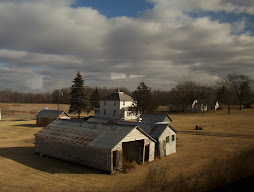











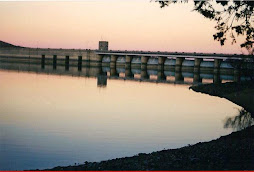







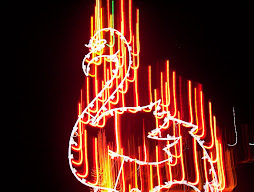




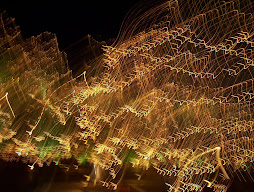











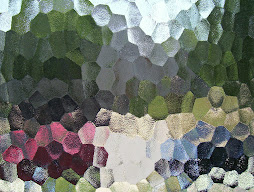

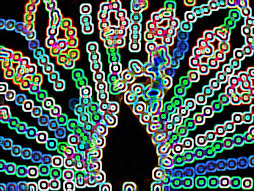









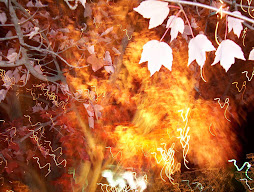













No comments:
Post a Comment